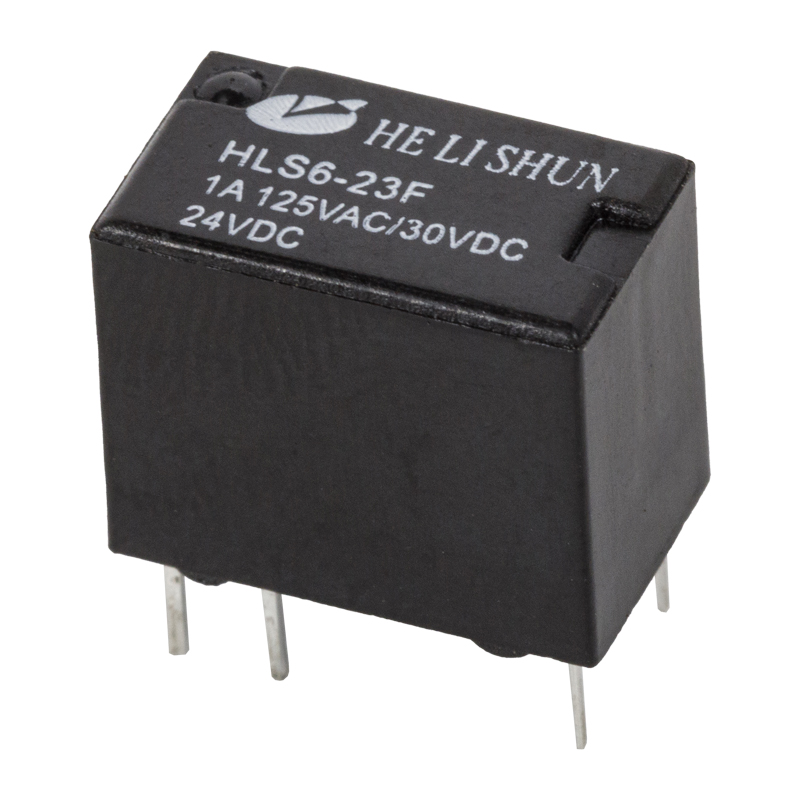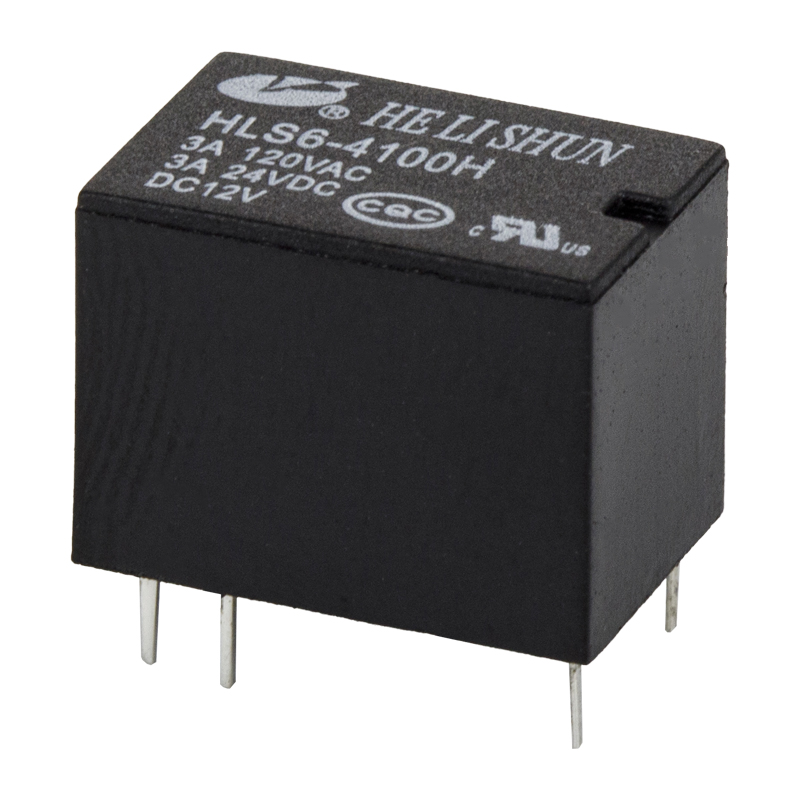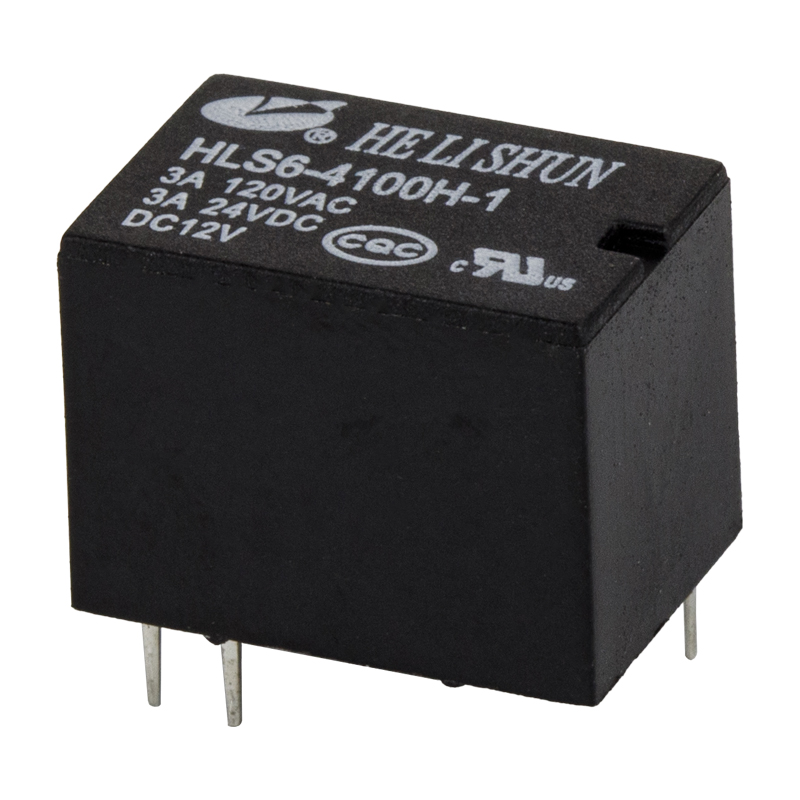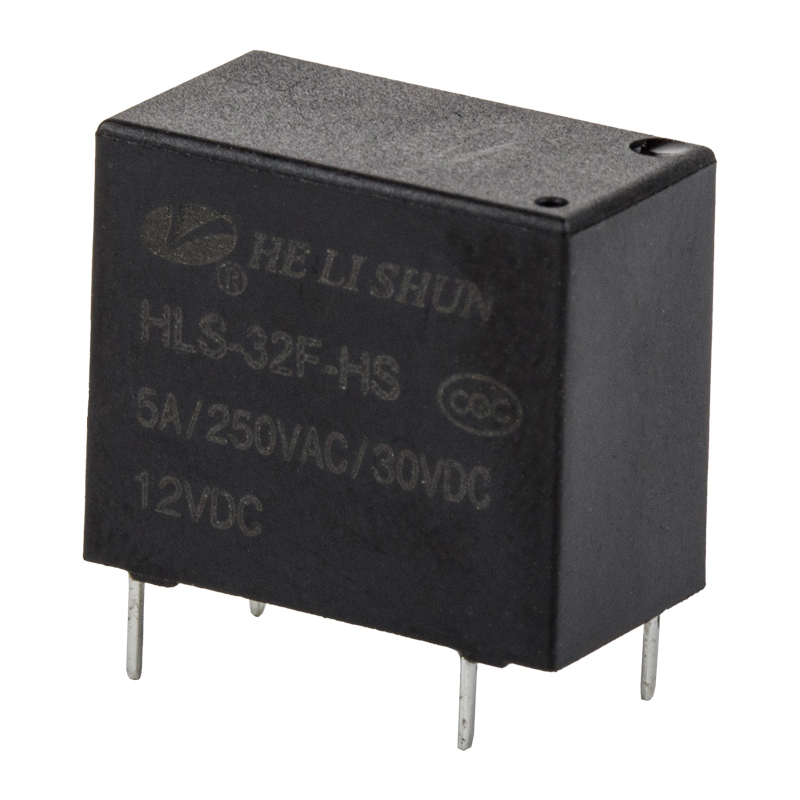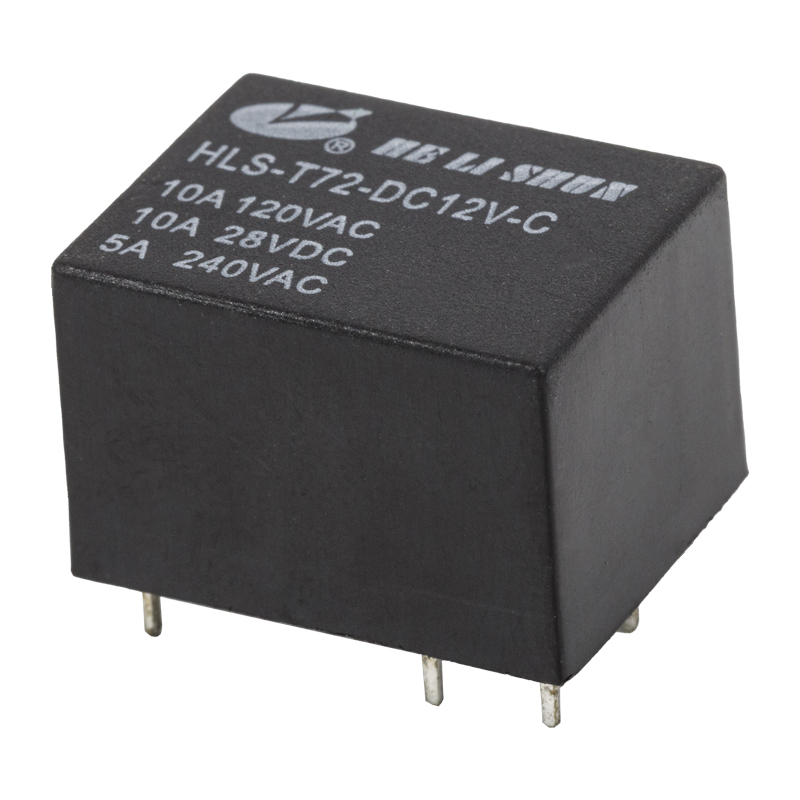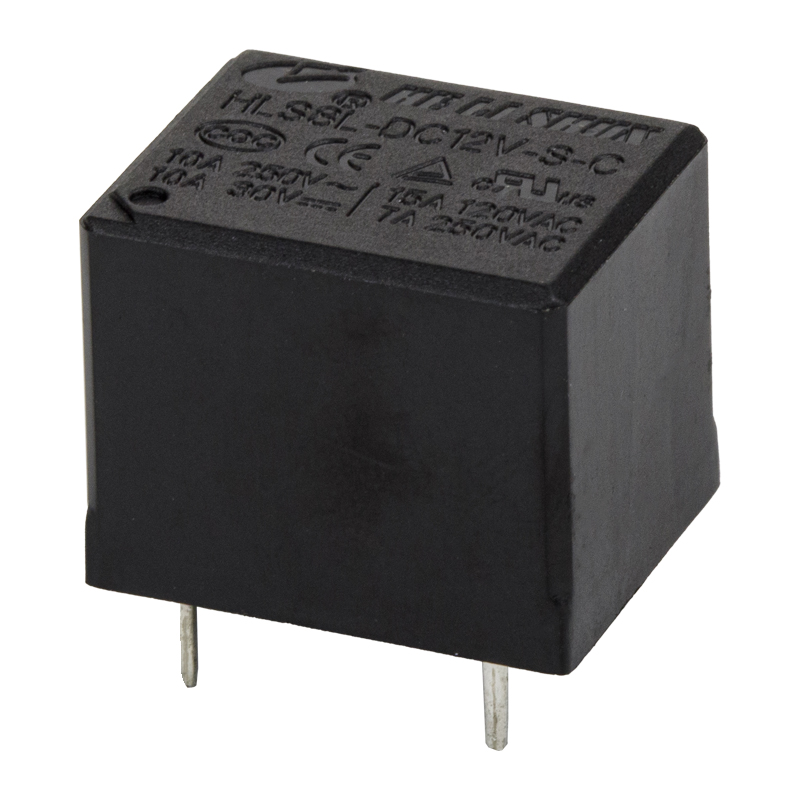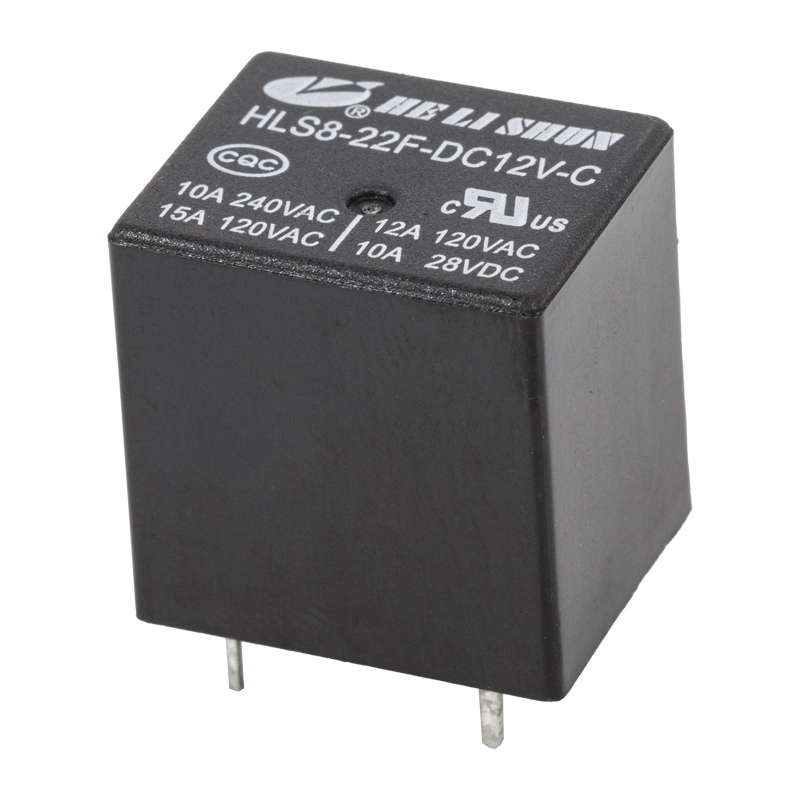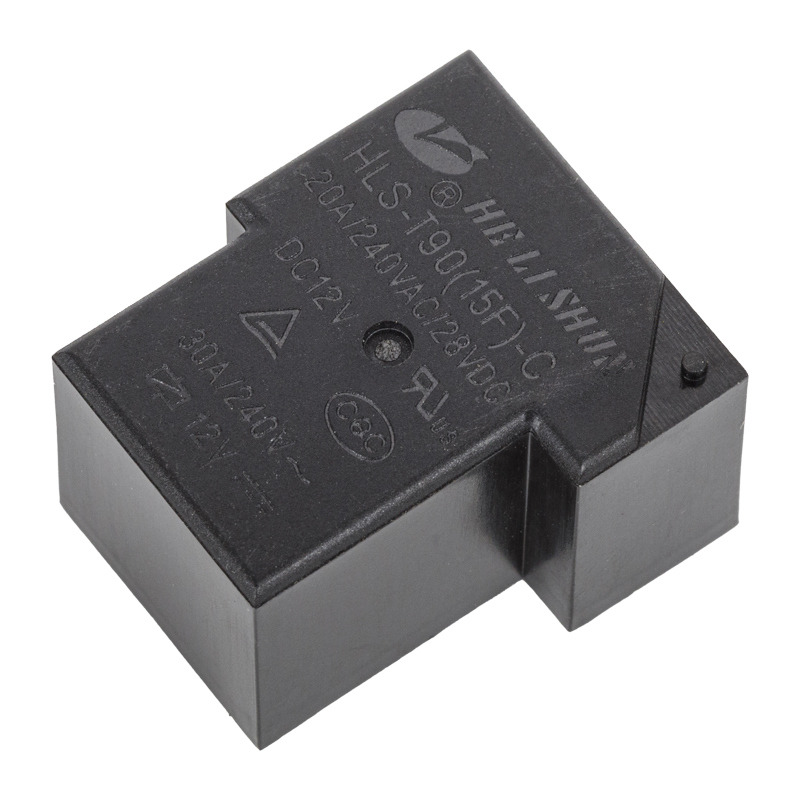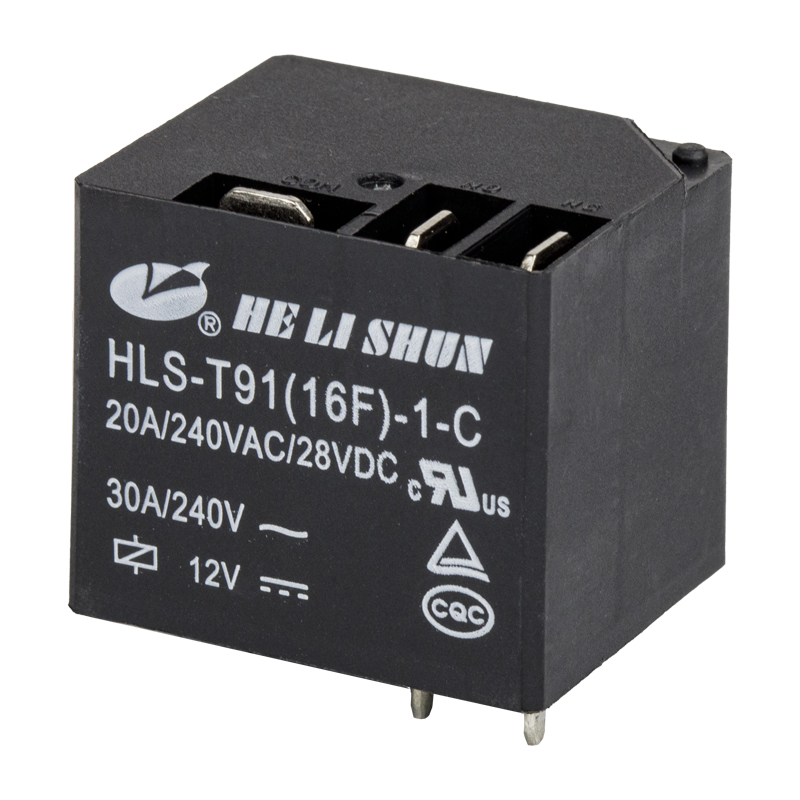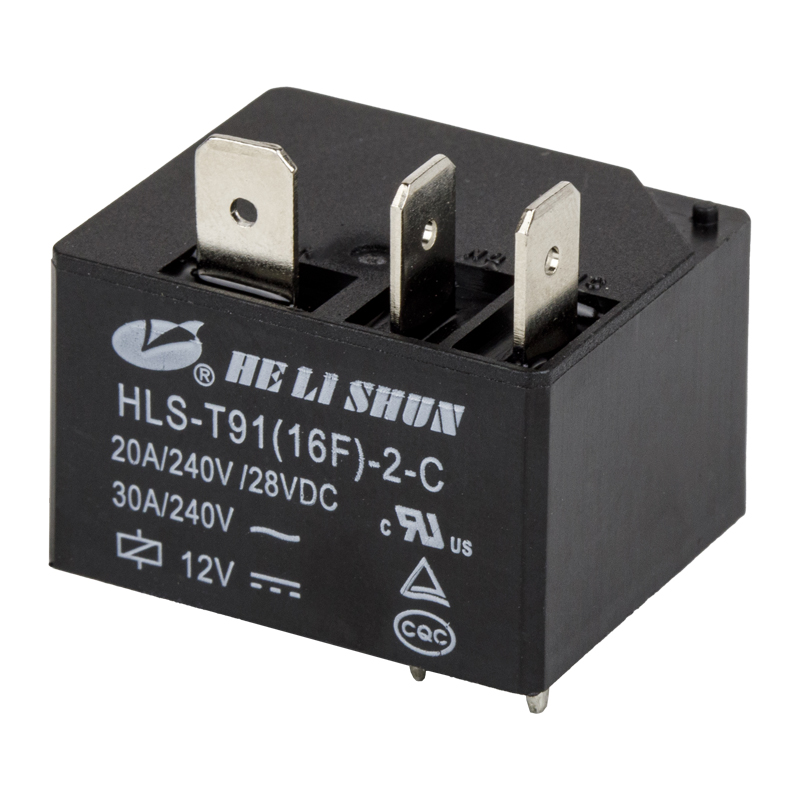Common faults of relay sockets mainly include poor contact, loose pins and aging of sockets. These faults may cause the relay to work unstably or fail.
1. Poor contact
Cause: The metal contacts inside the socket may lose good conductivity due to oxidation, corrosion or dust accumulation, resulting in poor contact.
Solution: Use a multimeter to detect the resistance value between the pins of the socket to determine whether there is a problem of poor contact or loose pins. To clean the contacts inside the socket, you can use a detergent such as anhydrous alcohol to remove dirt and oxide layers. If the contacts are severely damaged, the entire socket may need to be replaced.
2. Loose pins
Cause: The relay pins are not fully inserted into the socket or the socket is not firmly fixed, resulting in loose pins.
Solution: Check and make sure that the correspondence between the relay pins and the socket is correct to avoid wrong insertion. Use a screwdriver or other tool to fix the socket in place and ensure that it is stable. If the pins are loose, you can reinsert them and ensure that they are in full contact.
3. Aging socket
Cause: After long-term use, the material of the socket may age, resulting in its performance degradation.
Solution: Check the appearance and function of the socket regularly to ensure that its conductivity and temperature resistance are good. If the socket is seriously aged, it is recommended to replace it with a new one.
4. Other common faults
Contact welding: The contacts are welded due to high current load or vibration. The solutions include reducing the load current, adding shock absorbers, and cleaning and repairing the contacts. Coil damage: The coil may be damaged due to insulation damage, short circuit, grounding or low voltage. The solutions include rewinding the coil or repairing the connection. Contact welding: The contacts are welded due to overheating or arcing. The solutions include cleaning the contact surface, adjusting the contact pressure or replacing the contacts.
5. Preventive measures
Regular maintenance: Clean and check the relay socket regularly to ensure its conductivity and temperature resistance.
Correct installation: Ensure that the socket is firmly fixed during installation and the relay pins are correctly inserted to avoid poor contact or loose pins.
Environmental control: Avoid long-term use in humid or high temperature environments to prevent deterioration of insulation properties.
As an important component connecting the relay and the control system, the performance of the relay socket directly affects the stability and safety of the entire circuit system. In order to extend the service life of the relay socket and reduce the failure rate, regular maintenance and care must be carried out. Good maintenance not only helps to improve the reliability of the equipment, but also reduces maintenance costs and improves overall work efficiency.
During the long-term use of the relay socket, the accumulation of impurities such as dust, oil, and oxides may cause problems such as poor contact and decreased conductivity. Therefore, regular cleaning is an important part of maintenance.
Cleaning frequency: It is recommended to perform a comprehensive cleaning every 3-6 months, which can be adjusted according to the use environment and frequency.
Cleaning tools: Use anhydrous alcohol, electronic grade cleaners or special electronic cleaning tools, and avoid using solvents containing corrosive ingredients.
Cleaning steps:
Disconnect the power supply and ensure that the device is in a safe state.
Use a soft cloth or brush to remove dust and dirt on the surface of the socket.
Wipe the internal contacts of the socket with anhydrous alcohol to remove the oxide layer and dirt.
Check for loose pins or contacts with poor contact.
Contact status: Check whether the contacts are worn, deformed or ablated, and replace them if necessary.
Pin connection: Confirm whether the relay pins are firmly inserted into the socket without looseness or misalignment.
Shell integrity: Check whether the socket shell has cracks, deformation or aging to ensure its insulation performance is good.
Wire connection: Check whether the connection wire is firm and whether it is aging, broken or in poor contact.
1. Avoid humid environment
The relay socket is sensitive to environmental humidity, especially in humid or high humidity environments, which can easily lead to reduced insulation performance and even cause short circuit or leakage.
2. Avoid high temperature environment
High temperature will accelerate the aging of the internal materials of the relay socket, affecting its conductivity and mechanical strength.
3. Avoid vibration and impact
The relay socket is subjected to vibration or impact during operation, which may cause problems such as loose contacts and broken pins.
Service life extension strategy
Choose the appropriate relay socket model according to the usage scenario, such as thin, high temperature resistant, waterproof, etc. Choose well-known brands and reliable products to avoid early failures caused by inferior products.
Ensure that the socket matches the relay model during installation to avoid poor contact due to size mismatch. When using, the rated current, voltage and other parameters should be followed to avoid overload operation. Regularly check the operating status of the relay socket to promptly detect and handle abnormal conditions.
For relay sockets that have been in use for a long time or have degraded performance, it is recommended to replace them in time to avoid failures caused by aging. After technological updates, consider upgrading to a new model of relay socket to improve system performance and reliability.




 English
English 中文简体
中文简体
